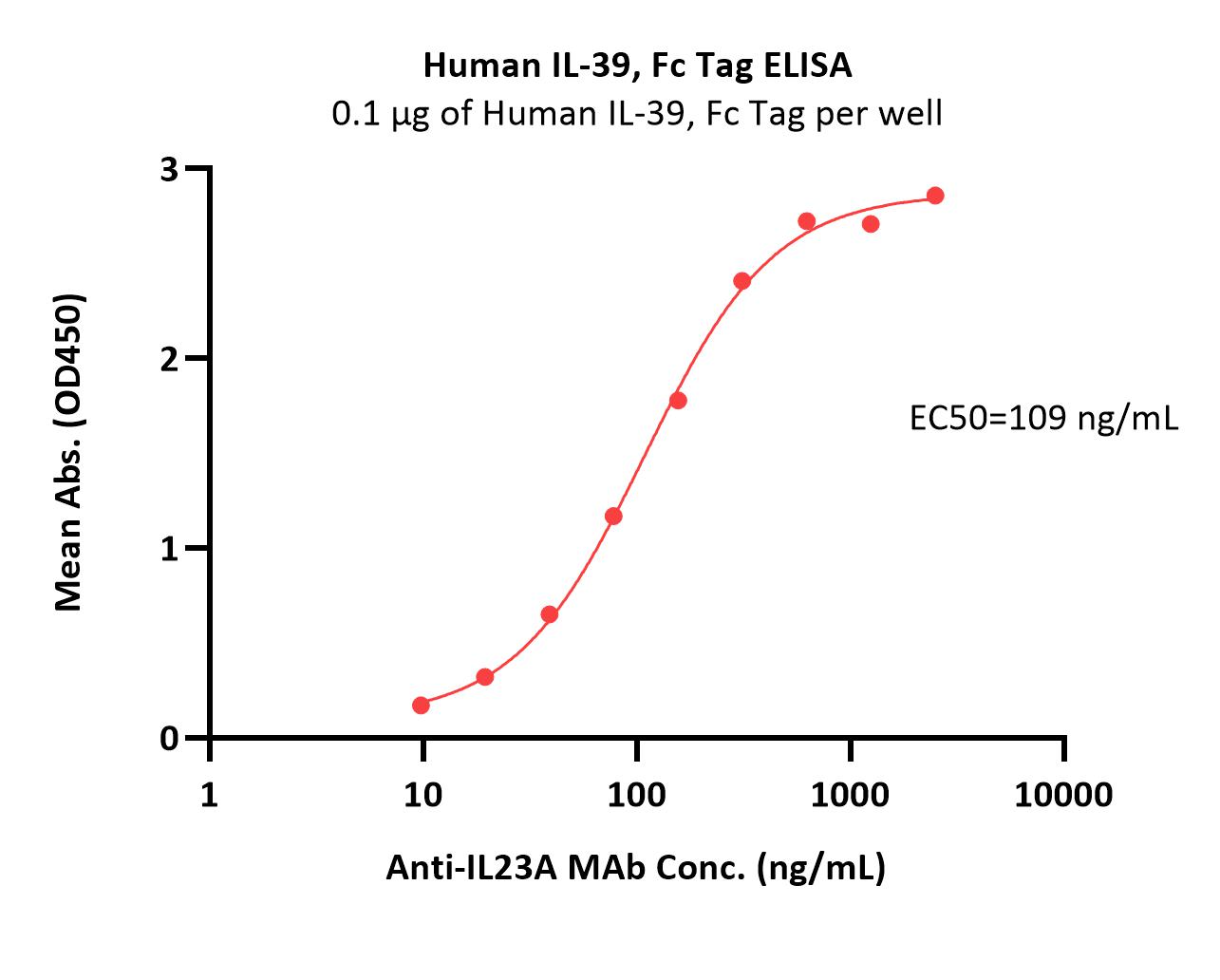IL-12 family cytokines and autoimmune diseases: A potential therapeutic target?Cui, Liu, Jiang
et alJ Transl Autoimmun (2025) 10, 100263
Abstract: In recent years, the discovery of IL-12 family cytokines, which includes IL-12, IL-23, IL-27, IL-35, and IL-39, whose biological functions directly or indirectly affect various autoimmune diseases. In autoimmune diseases, IL-12 family cytokines are aberrantly expressed to varying degrees. These cytokines utilize shared subunits to influence T-cell activation and differentiation, thereby regulating the balance of T-cell subsets, which profoundly impacts the onset and progression of autoimmune diseases. In such conditions, IL-12 family members are aberrantly expressed to varying degrees. By exploring their immunomodulatory functions, researchers have identified varying therapeutic potentials for each member. This review examines the physiological functions of the major IL-12 family members and their interactions, discusses their roles in several autoimmune diseases, and summarizes the progress of clinical studies involving monoclonal antibodies targeting IL-12 and IL-23 subunits currently available for treatment.© 2024 The Authors.
Ebi3 Binding to IFN-γ and IL-10 Limits Their FunctionScott, Ye, Yano
et alJ Immunol (2024) 213 (8), 1115-1124
Abstract: EBV-induced gene 3 (Ebi3) is a β subunit within the IL-12 cytokine family that canonically binds to α subunits p19, p28, or p35 to form the heterodimeric cytokines IL-39, IL-27, and IL-35, respectively. In the last decade, the binding partners for Ebi3 have continued to expand to include IL-6 and the other IL-12 family β subunit p40, revealing the possibility that Ebi3 may be able to bind to other cytokines and have distinct functions. We first explored this possibility utilizing an in vivo mouse model of regulatory T cell-restricted deletions of the subunits composing the cytokine IL-35, p35, and Ebi3, and we observed a differential impact on CD8+ T cell inhibitory receptor expression despite comparable reduction in tumor growth. We then screened the ability of Ebi3 to bind to different cytokines with varying structural resemblance to the IL-12 family α subunits. These in vitro screens revealed extracellular binding of Ebi3 to both IFN-γ and IL-10. Ebi3 bound to IFN-γ and IL-10 abrogated signal transduction and downstream functions of both cytokines. Lastly, we validated that extracellular complex formation after mixing native proteins resulted in loss of function. These data suggest that secreted partnerless Ebi3 may bind to cytokines within the extracellular microenvironment and act as a cytokine sink, further expanding the potential immunological impact of Ebi3.Copyright © 2024 by The American Association of Immunologists, Inc.
IL-39 and IL-35 gingival crevicular fluid levels in diabetic patients with generalized periodontitisHassan, Abdelkawy, Shaker
et alClin Oral Investig (2024) 28 (2), 124
Abstract: This research was performed to investigate if there is a role for IL-39 in immunopathogenesis of both systemically healthy and diabetic periodontitis patients. Additionally, to explore if we can consider IL-39 and IL-35 as biomarkers for periodontitis activity.A total of 38 periodontitis patients and 19 control volunteers were included in our study. The periodontitis patients were divided equally into (Group I), 19 patients with stage III grade C periodontitis with diabetes mellitus and (Group II), 19 patients with stage III grade B periodontitis and systemically healthy. Gingival crevicular fluid levels of each interleukin were measured pre- and postoperatively for all periodontitis patients as well as control subjects using ELISA.Our study results showed that the highest level for IL-39 was in diabetic periodontitis patients that decreased significantly postoperatively. However, the highest level for IL-35 was revealed in control group while the lowest value was registered in diabetic periodontitis patients and statistically increased after periodontal treatment.Based on the results of our research, both investigated biomarkers may have a potent role in pathogenesis of periodontitis.We could consider both interleukins as accurate diagnostic markers for periodontitis patients, regardless of diabetes mellitus association, as well as promising markers that can aid in the prevention and treatment of periodontitis patients worldwide.© 2024. The Author(s).
Increased synthesis and intestinal expression of IL-39 in patients with inflammatory bowel diseaseFonseca-Camarillo, Furuzawa-Carballeda, Barreto-Zúñiga
et alImmunol Res (2024) 72 (2), 284-292
Abstract: IL-39 (Interleukin-39) is a heterodimeric cytokine composed of IL-23p19 and EBI3 (Epstein-Barr virus-induced gene 3) subunits. Despite the evidence that correlates the role of IL-39 in regulating inflammation, its expression in the intestinal microenvironment of IBD (inflammatory bowel disease) patients is still unknown. Thus, this work was focused on characterizing relative mRNA (messenger RNA) IL-39 expression and intestinal synthesis in IBD patients. This study includes 37 patients diagnosed with ulcerative colitis (UC), 15 with Chron's disease (CD), and 22 controls. Gene expression of IL-39 subunits (IL-23p19/EBI3) was measured by RT-PCR (real time polymerase chain reaction). Intestinal synthesis was evaluated by immunohistochemistry and serum levels by ELISA. Statistical analysis was done using Prism GraphPad V6. Relative mRNA IL-39 expression was increased in patients with active UC and active CD compared to the remission UC, remission CD, and control group. High levels of relative mRNA expression of IL-39 (IL-23p19 subunit) were associated with histological activity. IHQ analysis showed increased IL-39 production in mucosa, submucosa, muscular, and serosa layer of patients with active disease. IL-39 serum production was increased in patients with UC. IL-39 gene's upregulation was found in patients with active IBD and was associated with severe histological activity in UC. This is the first report regarding the role of IL-39 in patients with IBD. The findings suggest that IL-39 might play a role as an inflammatory mediator in active IBD and could be considered a new alternative in treating this condition.© 2023. The Author(s), under exclusive licence to Springer Science+Business Media, LLC, part of Springer Nature.


























































 膜杰作
膜杰作 Star Staining
Star Staining















